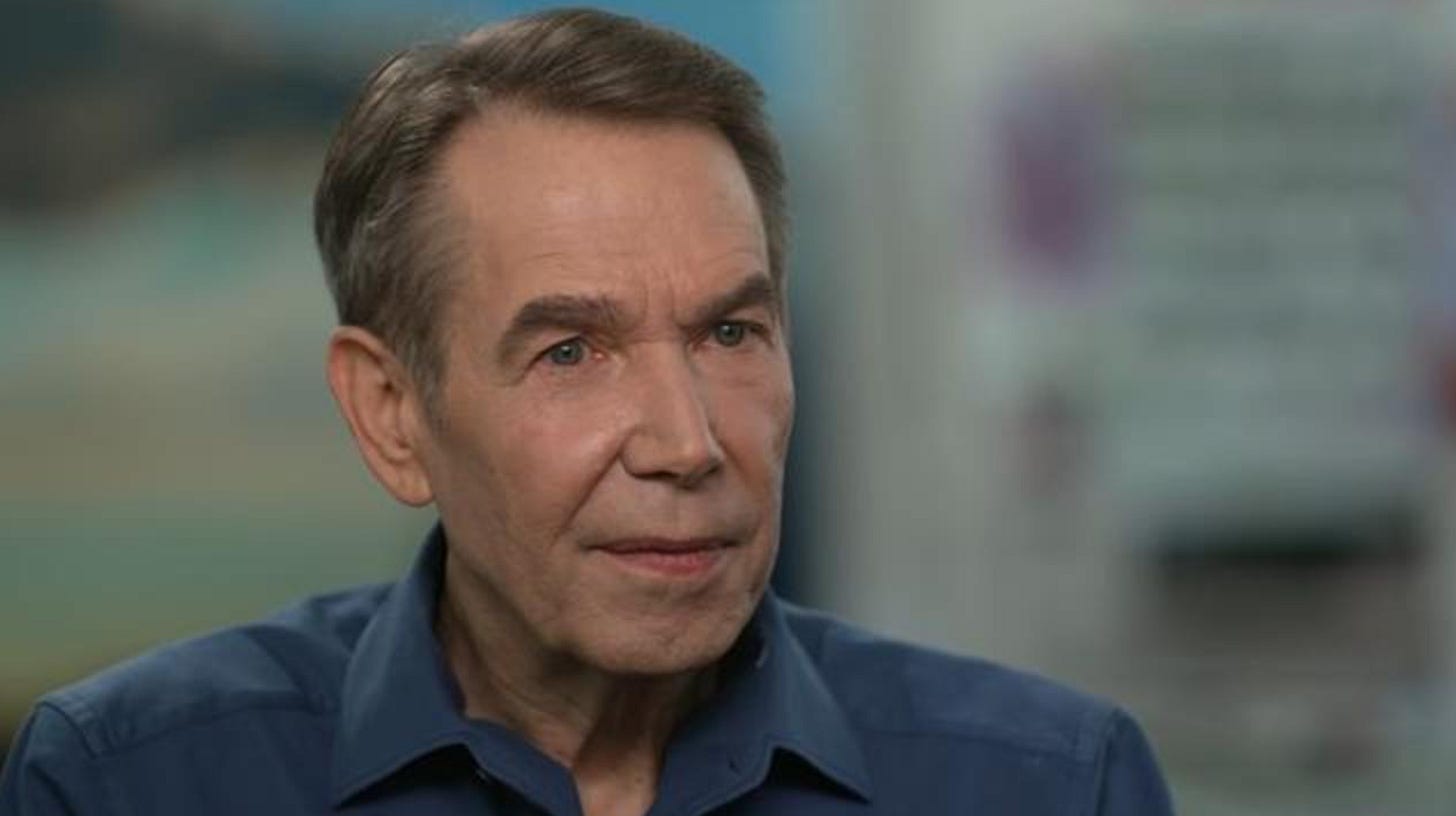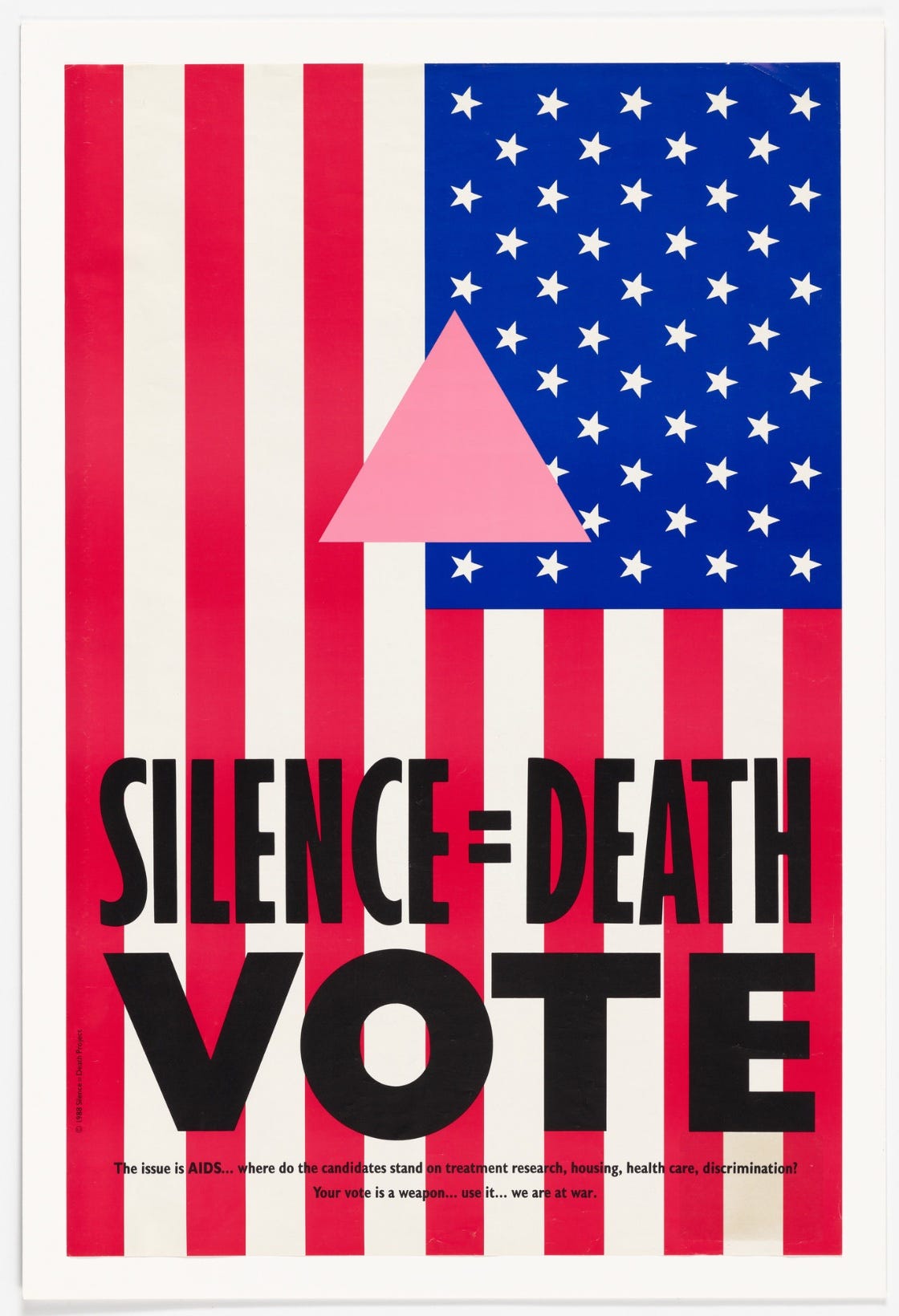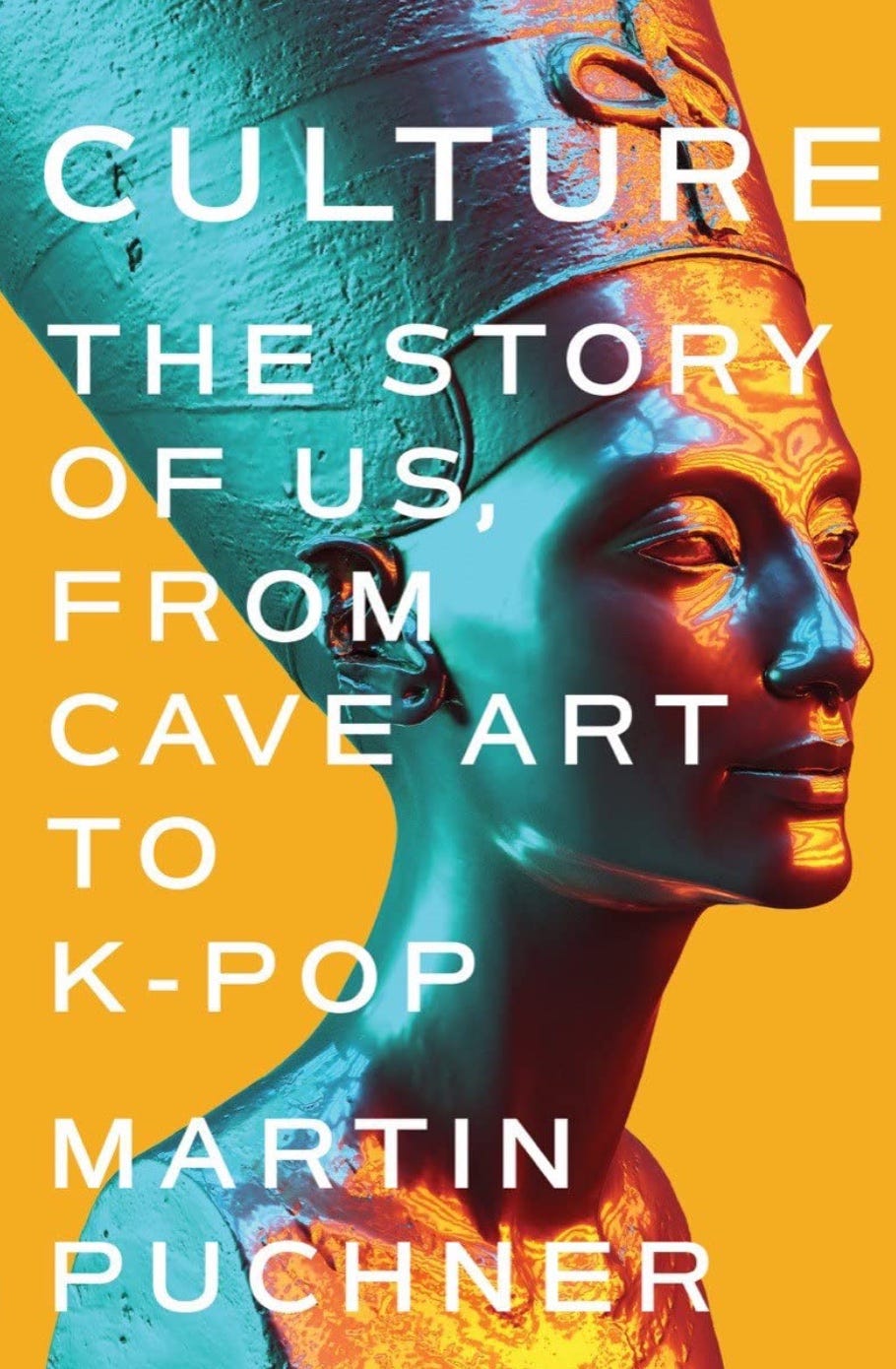Deepfakes, a Kusama backlash (?), Koons on 60 minutes, PAD/D Archives, Zines, and Building a Second Brain, Amidst an Orange Sky...
This week's recommendations
Hello Everyone,
I hope you’ve had a good couple of weeks.
I’m writing this while also monitoring the effects of the wildfire smoke on New York City—which currently has the worst air quality of any city in the world. It’s a very palpable reason to wish you health these days and a reminder of the climate crisis that is increasingly affecting all of our lives and demanding we change them. (One suggestion for how to do this: Read The Climate Book.)
Deepfakes and Creativity
Deepfakes are increasingly becoming better and better and easier for more people to make. Such commonplace and ease threaten journalism and truth but could provide a huge arena for artistic creativity and innovation. It also brings to the fore issues the art world has been engaging with for over twenty years, regarding “near documentary” practices and the truth of images in our era of digital manipulation (such as in the work of Jeff Wall). As such I thought deepfakes were worth keeping tabs on.
To this end, I wanted to suggest this recent TED talk, which features AI-generated deepfake videos that look and sound exactly like the real world. AI developer Tom Graham presents real-time face swaps and voice cloning and discusses the creative potential of this hyperreal content as well as its risk for exploitation.
Jeff Koons on 60 Minutes
You probably saw that Jeff Koons was on 60 Minutes. I know you may not think it worth your time to watch the segment—as you might think you know Koons and would like to spend more time learning about other artists. Yet it’s very well done and a great way to see how the art world gets presented to our larger culture in a semi-sophisticated way, especially relative to 60 Minutes’ historically questionable approach to contemporary art. You also get to see Koons’ farm and a phenomenally complicated new sculpture he is working on. For me, the best part though was seeing Robert Storr, my PhD advisor, get asked about Koons. As usual, Rob was extremely eloquent but also frank about Koons. I was going to add his quotes here but as I want you to see the whole segment, I’m leaving them out. Watch the whole interview here.
A 2023 Best Books List
I read the Substack Next Draft, by Dave Pell, and I enjoy it, and recently he recommended The What’s yearly best books list. The What is created by Pell’s wife, so it wasn’t a particularly impartial recommendation and I was hesitant to check it out, but I did and thought it was good, and good enough to share here, especially as we are on the brink of “summer reading.”
The list is here and their process is they recommend their favorites after reading over a hundred fiction books each year—and this year, for the very first time, they are including non-fiction. I was particularly interested in Building a Second Brain by Tiago Forte. Being an organization and research nerd, Daniel Pink’s endorsement for the book hooked me: “One of my favorite books of the year. It completely reshaped how I think about information and how and why I take notes.”
A Kusama Backlash?
I admire Yayoi Kusama’s work and have been engaged with it for over twenty years, ever since I started researching art of the 1960s, and I have had no issues with the incredible growth and renown of her reputation and work since the 2010s, as I think she is a fascinating artist who should have had more recognition earlier in her career in the U.S.
Generally, the press on Kusama has, over the last decade-plus, been overwhelmingly positive. As such, I was struck by two recent articles: A less-than-positive New Yorker review by Jackson Arn of her current David Zwirner show, and another piece in Hyperallergic, which calls out her “troubling record of anti-Black statements,” which I wanted to spend some time on. Arn’s New Yorker review, for one, includes the following—pretty harsh—passage:
The objects at Zwirner are exactly on brand and resoundingly dull, with neither the trancelike boredom of Minimalism nor the wise-ass boredom of Pop. True, they’re flashy, as any colorful stuff in a white room would be, but that’s all they are—search them for irony or wisdom and you’ll walk away disappointed. The flower and pumpkin sculptures are boring in the same way that someone else’s dream is boring: bright, loud spectacle fades fast, leaving only the confidence that you’ll go on paying attention. The exhibition’s organizers are smart to allot visitors no more than sixty seconds in the infinity room. When I stopped by, a few days before the opening, I had the luxury of spending ten minutes inside. What I encountered was very pretty—natural light oozing through big translucent holes of blue, yellow, red, and green—though in a spoon-feedy way that left me craving subtler flavors. Infinity is a lot for any art work to promise, but even I was surprised by how quickly my eyes adjusted to the endless reflections, how predictable my movements became, how soon the glass box came to feel little and cagelike. A room of mirrors will always look cool, but time exposes coolness as a crutch: when I walked out and found some dot paintings grinning back at me, it occurred to me that, canvases or infinity rooms, Kusama’s tool kit is basically the same.
I’m still processing these two pieces and waiting to see what happens next in the discussion/debate/discourse. Inevitably, as an artist gets as big as Kusama, there will be some bad press, but I wonder if this is part of a larger trend? Is this a backlash from serious art viewers who feel her work is now too much of a brand and too little of an art?
A Zine Museum Show

I was excited to see the announcement this week of “Copy Machine Manifestos: Artists Who Make Zines,” a show opening in November at the Brooklyn Museum, which the museum bills as “the First-Ever Museum Show Dedicated to Zines by Artists in North America” (a fact which I am not in a position to debate at this point). The show will feature more than 800 works and was organized by Columbia professor Branden W. Joseph and Brooklyn Museum curator Drew Sawyer, who (as of last week) is now Sondra Gilman Curator of Photography at the Whitney.
The show aspires to be comprehensive. According to Sawyer,
“When this project was initiated in 2019, its working title was ‘An Incomplete History of Zines by Artists.’ We knew that a comprehensive survey or canon of such publications would be impossible due to the sheer volume, variety, and often private and anti-institutional nature of zines…Yet, we still felt that artists’ zines deserved to be the subject of an expansive exhibition, not only because the printed medium has become increasingly popular and relevant in the last decade but also because artists themselves have already been exploring these histories and legacies.”
Notably, the show is divided into these sections, which gives a sense of what will be covered:
The Correspondence Scene, 1970–1980
The Punk Explosion, 1975–1990
Queer and Feminist Undergrounds, 1987–2000
Subcultural Topologies, 1990–2010
Critical Promiscuity, 2000–2012
A Continuing Legacy, 2010–present
PAD/D Archive Access
In 1979, writer/critic/activist/curator (and one of my personal heroes) Lucy Lippard called a meeting at Printed Matter to discuss the need to document, collect, and archive international political and socially-responsive art. This meeting birthed the legendary organization Political Art Documentation/Distribution (PAD/D), whose mission was to collect political art and ephemera and document political activism by the art community.
The PAD/D archive (which I used during the research for my book, Kill for Peace: American Artists Against the Vietnam War) has been part of MoMA’s archives for years but now the museum has recently made the content much more accessible online. (Thank you Gregory Sholette for bringing this news to my attention.) For one, Meagan Connoll’s article on the MoMA Magazine website offers a “rare look inside the…archive,” providing highlights. Also, MoMA has recently digitized and now released PAD/D’s poster archive of more than 800 posters, which you can check out via the MoMA Archive Image Database (MAID). It’s pretty fascinating.
Culture: The Story of Us, From Cave Art to K-Pop
Finally, I’m interested to read Martin Puchner’s new Culture: The Story of Us, from Cave Art to K-Pop, which I recently heard about via the LA Review of Books. According to Robert N. Watson’s review of Culture there, “Puchner’s intention [is] in an era of atomizing identity politics, deployed by both the radical left and right, [to have] readers…recognize the many historical instances when cross-cultural transmission has been—and still can be—beneficial, rather than larcenous or contaminating.”
Watson continues:
“A twofold thesis unifies the book. One is that the leftist ban on “cultural appropriation” entails a misunderstanding of the way cultures can appreciate (in both senses) when they meet, rather than merely collide…Puchner’s other thesis is that the conservative aversion to immigration and multiculturalism whitewashes the wonderfully multicolored patchwork of human history. He shows that those who reach across cultures can be heroic rather than invasive, arrogant, or exploitative.”
Watson notably sees this book as on the same level as Jared Diamond’s Guns, Germs, and Steel: The Fates of Human Societies (1997) and Yuval Noah Harari’s Sapiens: A Brief History of Humankind (2011; English translation in 2015), books similar in approach that reached wide audiences And Watson sees Puchner’s book as “a love child of those two lines of argument, urging a nonhierarchical understanding of cultures and a respect for the power of fiction, language, and shared imagination.”
That’s all for this week.
Thanks, as always, for your interest. And stay safe…
Best,
Matthew







Nice. I don’t say this from a place of great knowledge — I quite like Kusama, not obsessed — but things like the Louis Vuitton collaboration emphasise this idea of being more brand than artist